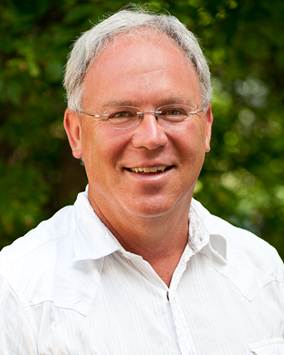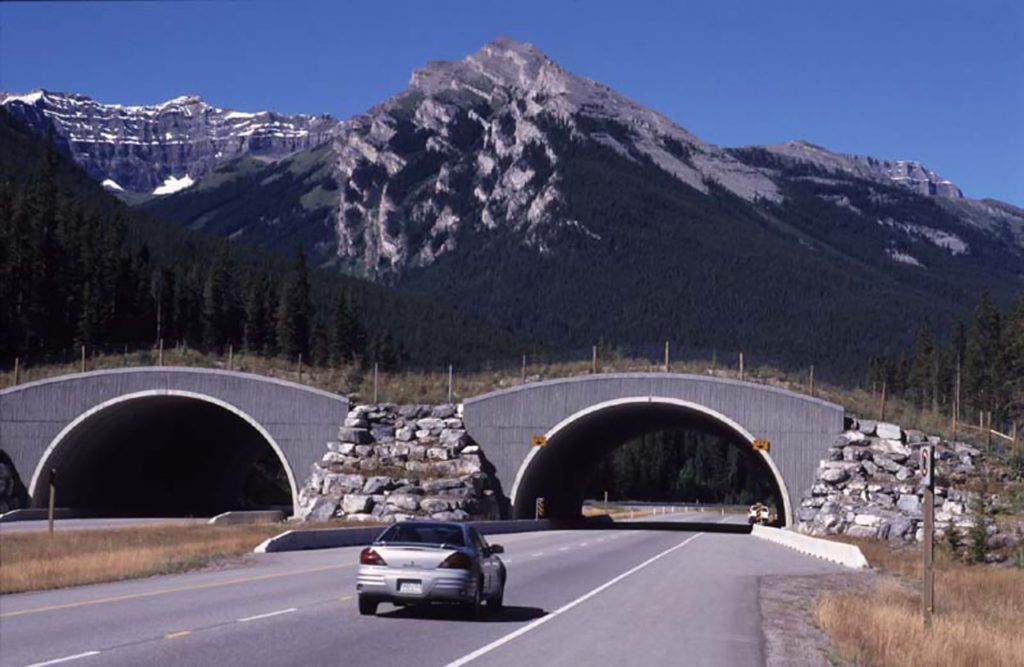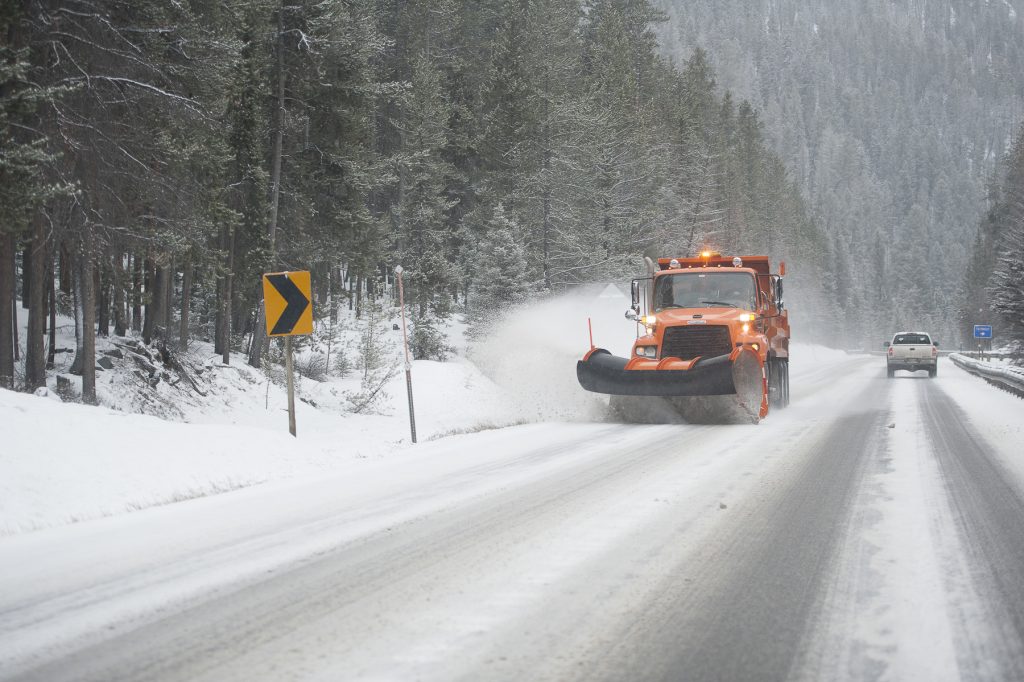IN THE NEWS: WTI Road Ecologist Offers Insights Into Utah Project

In 2018, the Utah Department of Transportation completed the state’s largest wildlife crossing, which traverses six lanes of traffic on Interstate 80. The crossing structure made the news again last week, when research footage captured deer, moose, elk, bears, bobcats and a variety of smaller mammals using the bridge. In news coverage by Smithsonian Magazine, […]
NEW REPORT: Innovative Strategies to Reduce the Costs of Effective Wildlife Overpasses

The U.S. Forest Service has released a new report authored by wildlife crossing experts from WTI, ARC Solutions, and other partner research organizations, which compiles key guidance information that may lead to the installation of more wildlife crossing structures. Wildlife crossing structures are one of the most effective means of reducing animal-vehicle collisions on highways, […]
RESEARCH NEWS: Winter is coming — What’s new in Cold Climate research?

Montana is not the only place concerned with keeping the roads clear and safe during the winter months. Over the last year, WTI’s Cold Climate Operations and Systems program has added a number of new projects with multi-state partnerships to improve the tools, resources, and staffing available to winter maintenance agencies. Roadway Friction Modeling: Improving […]
STUDENT NEWS: Gaining Research and Testing Experience in the Cold Climates Lab

The Cold Climate Operations and Systems program has new student support in the Lab! WTI is pleased to welcome Lura Johnson as an undergraduate lab technician, who will assist with various road deicing tests and materials. Working closely with Program Manager Laura Fay and Mat Bell, she is currently supporting the Ice Melting Capacity Test […]
